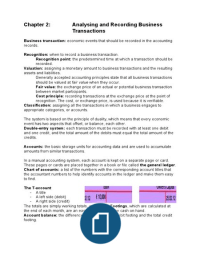Zusammenfassung
Summary Financial Management 2 (for 2nd test)
- Kurs
- Hochschule
Summary of the chapters 2, 3, 6, 12 of the book Accounting Principles - the chapters you need to know for the SECOND central exam for the subject Financial Management 2
[ Mehr anzeigen ]



